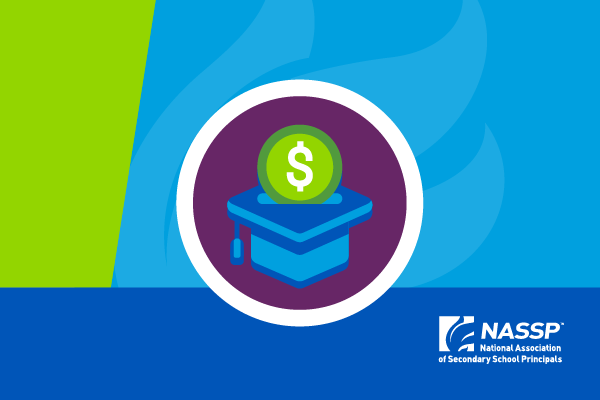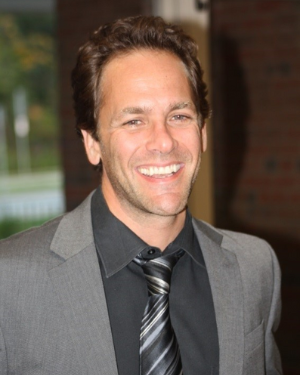When you look at the budget for our entire school, $10,000 isn’t a lot of money. But at Reagan High School where I am principal, that money will allow us to help 80 students receive math and reading enrichment this summer so they’re more prepared academically when the new school year begins.
We are an IB school in Milwaukee that requires students to apply, and even though we’ve had a tremendous amount of academic success, we still have students who need a little extra support. That’s why we offer this four-week summer program. The program isn’t new, but we’ve always had to find funds locally to pay for it.
This year, the funds come from an equity “mini-grant” through the federal Elementary and Secondary School Emergency Relief (ESSER) Fund. The grant basically covers the cost of paying for staff who will work with the students. Now I can use the money that would have funded the program for something else for the kids during the school year. This is really important when we’re focused on academic equity and closing opportunity gaps.

We’re not alone in our focus on summer enrichment. There’s a lot of flexibility in how schools use the ESSER funds but strengthening student learning—and expanding summer programs in particular—is one of the most popular strategies.
Beyond this mini-grant, there’s no doubt that funds from ESSER and the American Rescue Plan have been essential in getting us what we needed to operate schools during COVID. I don’t think we could have gotten through it otherwise.
Our school received close to half a million dollars, which we’ve used in many ways but primarily in three areas: technology (like Chromebooks and broadband); infrastructure improvements (since we are a high school that is housed on a middle school campus); and social and emotional needs (like school psychologists, social workers, and counselors).
Because of our unique school setting—1,350 students without their own dedicated campus—we’ve also benefitted from federal funds specifically earmarked for infrastructure. For example, our school gym only seats 150, and our science labs are designed for middle schoolers. One impact of that is that some of our students who participate in sports and other extracurricular activities don’t get home until 9 at night because they need to be bused to facilities all over the city. One day, when we have our own practice facilities, they can be home at 6, which will make all the difference in the world to students and their families.
I would be lying if I said I wasn’t concerned about what will happen in three years when the federal relief money has been spent and we have to figure out how to fund the same staff and programs. That’s why I believe it’s so important that all school leaders contact their members of Congress and send a quick message asking that they increase federal education investments next year. They are working on the 2023 appropriations bills as we speak, and they need to hear from us right now.
One thing we did with our much-needed federal funds was hire another school counselor. We have a student population where 70 percent quality for free and reduced-price lunch, so there’s a tremendous need for students to earn college scholarships and having an additional counselor has been a fantastic help.
For now, we’re taking advantage of the funds that our available, and we’re focused on getting as many students as possible ready to learn in the fall.
Read our previous blog about ESSR funding here. Click here to contact your members of Congress and send a quick message asking that they increase federal education investments next year.

